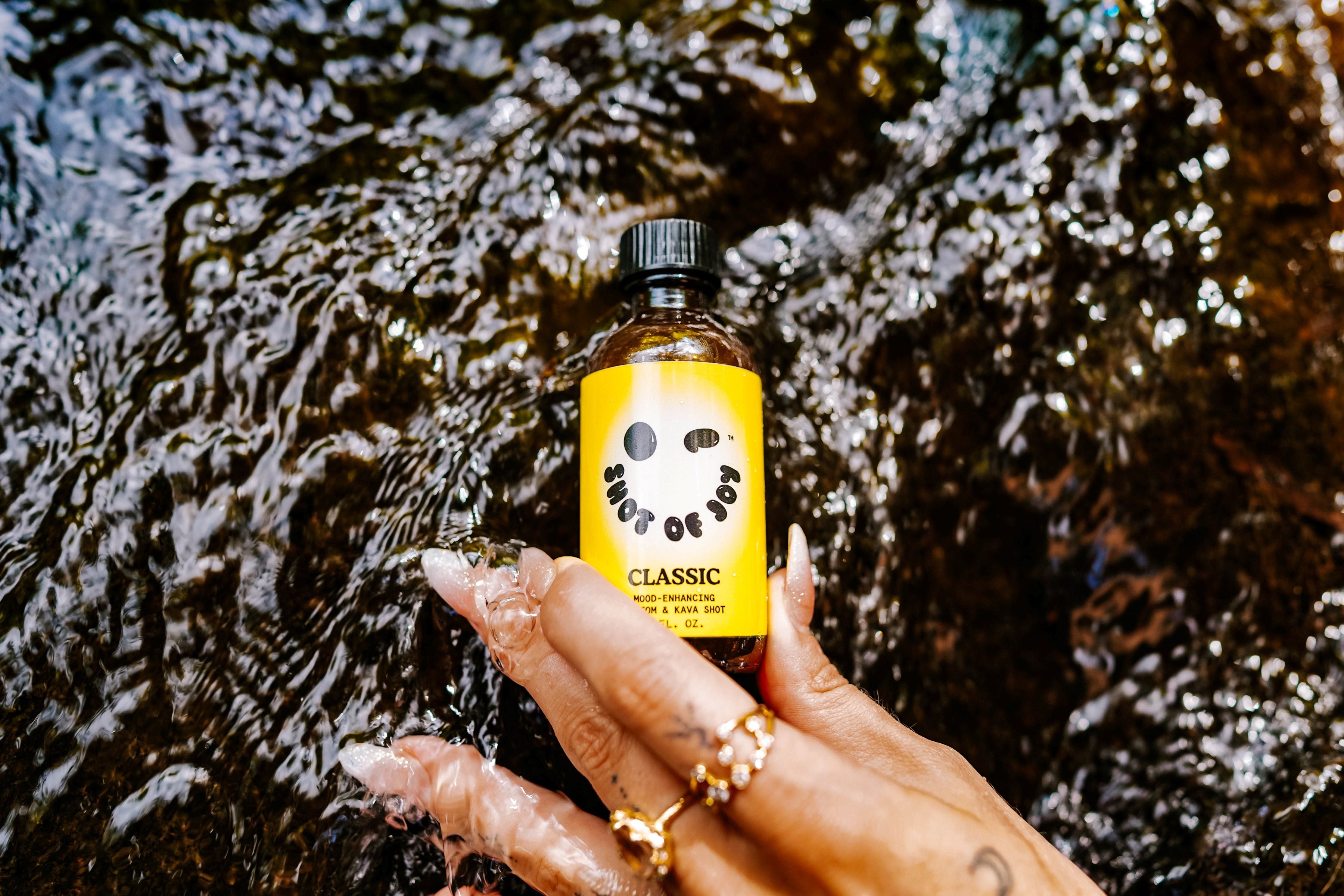Ever walked by a cozy, dimly lit spot with patrons lounging, chatting, and sipping a peculiar, muddy-looking drink? Chances are, you've stumbled upon one of the many kava bars popping up in urban settings and beyond.
Intrigued? If you've found yourself wondering about this latest trend of kava bars, you're not alone. These unique establishments have garnered attention due to the traditional drink they serve.
Kava, a drink made from the kava plant's roots, has been enjoyed in the South Pacific for centuries. With its calming effects and rich cultural history, it's no wonder that entrepreneurs have brought this age-old tradition to the modern world.
But it's not just about the drink itself - the ambiance, community, and shared experience of these bars draw people in and keep them coming back.
So, why have these bars become hot spots for locals and travelers? You might be surprised to learn why people flock to these laid-back establishments.
Keep reading, and we'll uncover the allure behind the kava bar phenomenon.

What is a Kava Bar?
A kava bar provides a unique and welcoming atmosphere for patrons to relish in the calming effects of kava. This drink has its roots in Polynesian culture.
Unlike regular bars focusing on alcoholic beverages, a kava bar is more about a holistic experience. Here, enthusiasts gather to drink kava and indulge in genuine conversations and connections in a serene setting.
Looking for a kava business you can rely on? Discover our story today.
What is Kava?
Originating from the islands of Polynesia, kava is a ceremonial drink that holds significant cultural importance in Pacific communities. It's made from the root of the kava plant. Thisbeverage is known for its mild sedative properties.
When served, it's often presented chilled, occasionally accompanied by natural flavorings like pineapple or mango to enhance its earthy taste. As kava-based businesses evolve, the curiosity about this unique drink only grows.
How is Kava Made?
The traditional process of making kava is both simple and communal. The root of the kava plant is ground or chewed and then mixed with water. This mixture undergoes straining to discard solid chunks, resulting in a slightly muddy drink. The modern market also offers kava in convenient forms like powders and tinctures, which can be mixed with water for quick consumption.
Related Link: The ancient origins of the ceremonial Kava drink of the Pacific
What You Need to Know About Kava
Though kava has long been appreciated in Pacific Islander societies for its potential relaxing effects, it's essential to note that the FDA has not approved it. Before exploring kava, it's advisable to seek the guidance of a healthcare expert.
The History of Kava
Though it's challenging to pinpoint the precise beginnings of kava, there's a consensus among historians that it most likely originated in regions like Melanesia or Polynesia. For generations, kava has held a place of reverence, primarily being utilized during ceremonies or gatherings.
The 18th-century voyages of European explorers to the Pacific islands marked the beginning of Kava's journey to the Western world. By the end of the 20th century, as the global interest in herbal remedies and alternatives grew, so did the appeal of kava. This led to its increasing prominence in places like North America.
Related Link: The Traditional Fijian Kava Ceremony

The Rise of Kava Bars
Around 2016, the U.S witnessed the emergence of kava bars – establishments that placed this traditional drink center stage. These bars, with their focus on non-alcoholic offerings, have especially appealed to individuals searching for unconventional places to relax and engage in meaningful interactions. This unique selling point has set kava bars apart and played a pivotal role in their popularity.
What to Expect When You Visit a Kava Bar
Walking into a kava bar is like stepping into a haven of tranquility. The traditional aesthetics are hard to miss, with kava frequently served in vessels reminiscent of its island origins, such as coconut shells. In keeping with the diverse palate of their clientele, many kava bars have broadened their menu, offering various preparations and flavors of the drink.
Do you want to give kava a try? View our selection of kava products.
Starting Your Own Kava Bar
Embarking on the journey to establish a kava bar is an exciting endeavor. Here are some foundational steps for aspiring proprietors:
- Location: Zero in on a locale that promises a steady influx of people. Accessibility should be a top priority.
- Stocking Up: Ensure that you procure kava of top-notch quality. Equally important are the basics, like serving cups and utensils.
- Menu Creation: Be innovative with your offerings. While traditional kava preparations are essential, don't hesitate to introduce both hot and cold varieties. Infusing flavors can also set your bar apart.
- Promotion: In this digital age, harness the power of platforms like Instagram and Twitter. Simultaneously, pay attention to conventional marketing methods. Combining both will ensure maximum reach and engagement.
Related Link: A Consuming Tradition: Kava Drinking in Fiji
Visiting Kava Bars
Kava bars have rapidly cemented their place in the cultural landscape of many urban settings, presenting a delightful fusion of age-old traditions and contemporary socializing. These establishments have taken the essence of Pacific Islander heritage and beautifully intertwined it with the demands of today's societal norms.
Their unique atmosphere, emphasizing genuine connections and holistic experiences, starkly contrasts traditional bars' loud and bustling nature.
If exploring new cultural experiences excites you, visiting a kava bar might be the next thing on your checklist.
It's an opportunity to immerse yourself in the kava world, understanding its history, preparation, and cultural significance. However, as with any substance, it's crucial to approach kava with a sense of responsibility.
While its effects are typically mild, every individual's reaction can vary.
In conclusion, as kava bars continue to rise in popularity, they must be approached with curiosity and caution. Their unique charm lies in offering an alternative space for relaxation and connection, but it's always wise to be informed. Before making kava a regular part of your routine, consult with a healthcare professional to ensure you're making the best choices for your well-being.
The US Food & Drug Administration (“FDA”) has not approved any of the statements or claims made on this website.

